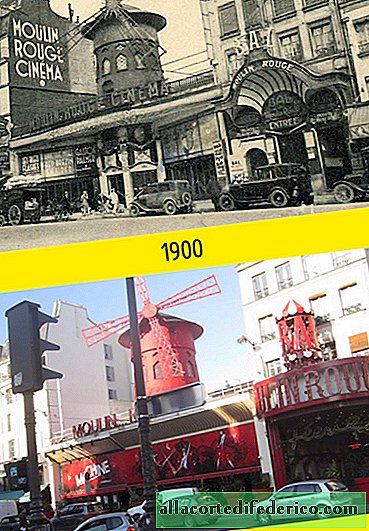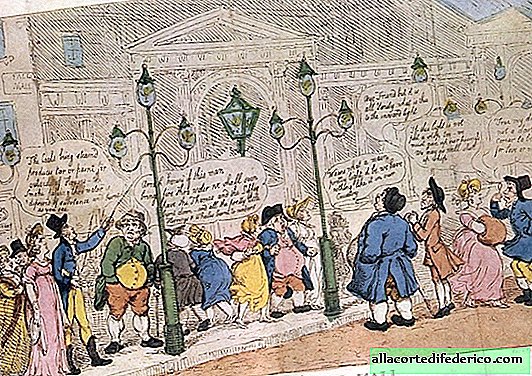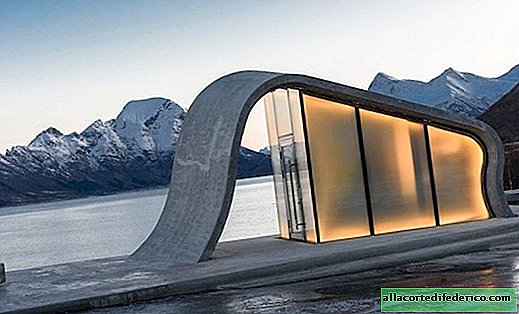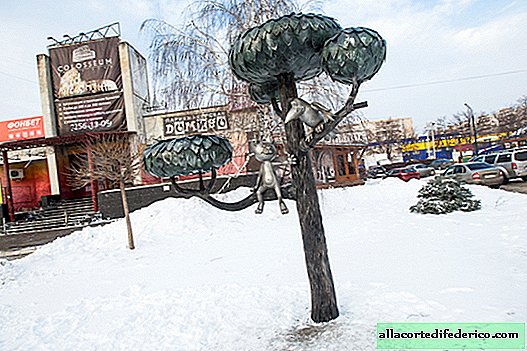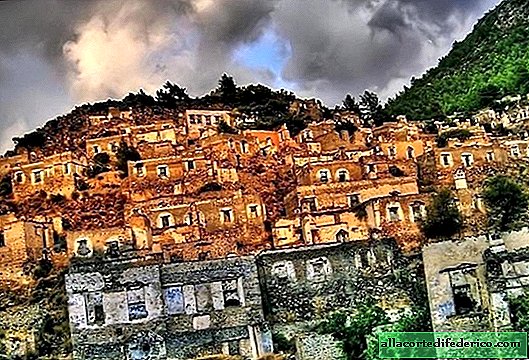He was plundered and wanted to demolish: the immortal masterpiece of Notre Dame architecture
A few days before Catholic Easter, a destructive fire desecrated Paris. Hundreds of Parisians watched in horror as flames burst from the roof of the UNESCO World Heritage Site - Notre Dame Cathedral. It was not only the French who took the tragedy to heart, people from all over the world shared with them all the grief of loss, from experienced travelers who have repeatedly been to Paris, ending with those who only dreamed of seeing this beautiful city.
However, this is not the first time that Notre Dame has suffered serious damage in its more than 850-year history: over the centuries it has been robbed, destroyed and even planned to be demolished.
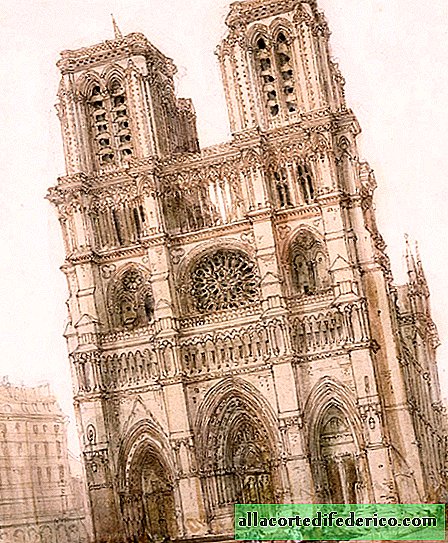 Drawing by Scottish artist D. Roberts, 1828
Drawing by Scottish artist D. Roberts, 1828Notre Dame was built for almost two hundred years. The first stone was laid in 1163, and construction was completed only after two centuries - in 1345. Once upon a time, different temples were located on the site of the cathedral at different periods of history. First, the Gallo-Roman temple of Jupiter was located here, then it was replaced by the ancient early Christian church dating from about the 4th century, after it - the basilica of the first kings of France, the Merovingians, then - the cathedral from the time of the Carolingian empire. The latter, by the way, also burned in fire and was restored after a fire. The place for Notre Dame was not chosen by chance at all: it was from here that Paris began to be built up.
 Lithography, XIX century
Lithography, XIX centuryHowever, the history of the great temple was just beginning; within its walls both the most tragic events and the most solemn ones took place. In the XIII century, even during construction, a fire occurred, and much that was destroyed in the fire had to be restored.
Notre Dame Cathedral has become the venue for many important events. Here, weddings and baptisms of members of the royal families were held, Henry VI and Napoleon Bonoparte were crowned here, in these walls the trial of Joan of Arc was begun. It was the bells of Notre Dame on August 24, 1944 that announced the liberation of Paris from the Nazis.
 Soldiers and the liberated Paris
Soldiers and the liberated ParisThe Cathedral survived the devastation caused by two world wars of the twentieth century, but even earlier its spire was destroyed. This happened during the French Revolution at the end of the 18th century. Then large-scale anti-Catholic events took place, so the cathedral was looted, the statues at the entrance were destroyed, and the spire was mercilessly destroyed.
After the French Revolution, Notre Dame began the most sad period. For a long time the building remained abandoned, and even when the coronation of Napoleon took place within its walls, it was in ruins. They even planned to demolish the pearl of medieval architecture, but Victor Hugo and his immortal work saved the temple from such a sad fate.
The novelist loved Paris and all its architecture, and Notre Dame became practically his hero in the Notre Dame Cathedral. True, he was not at all what we used to see him: the old and decrepit, like a flabby old man, everything in him fell into decay long ago. In the preface, Hugo wrote that he wants to inspire the French to love architecture and teach them how to appreciate it. And, it seems, he succeeded: the novel became immortal, and the authorities, inspired by the novel, decided to restore the cathedral.
 Collapsed roof after a fire
Collapsed roof after a fireThe restoration took place for twenty years, from 1844 to 1864, and Notre Dame literally resurrected. Then a new spire appeared on the site of the old one dismantled. Made of oak and covered with lead, it stretched 96 meters into the sky. He was surrounded by figures of the apostles, who, by a lucky chance, were not injured in the recent fire: they were first removed from the spire for restoration work.

The fire that broke out the other day damaged a lot in the building, but the worst was avoided. Immediately after the fire was eliminated, the French government announced that the cathedral would be rebuilt. So very soon, a masterpiece of medieval architecture will again begin to delight us with its grandeur and Gothic luxury. And he will look at the capital for more than one century.

